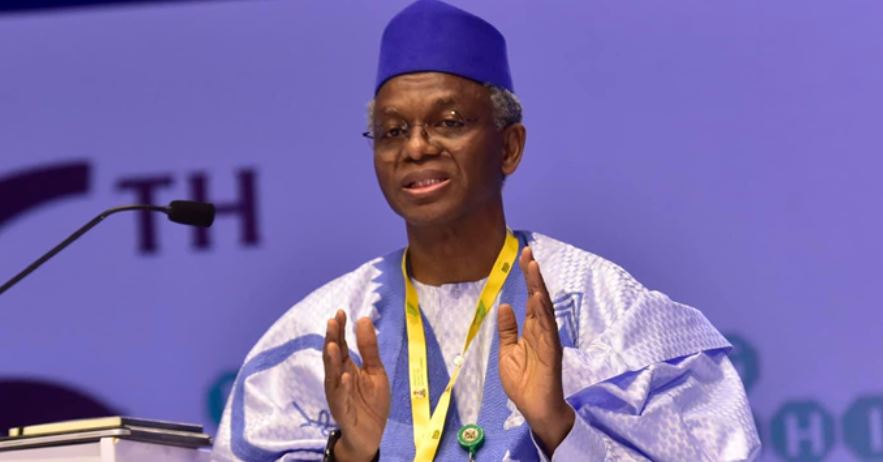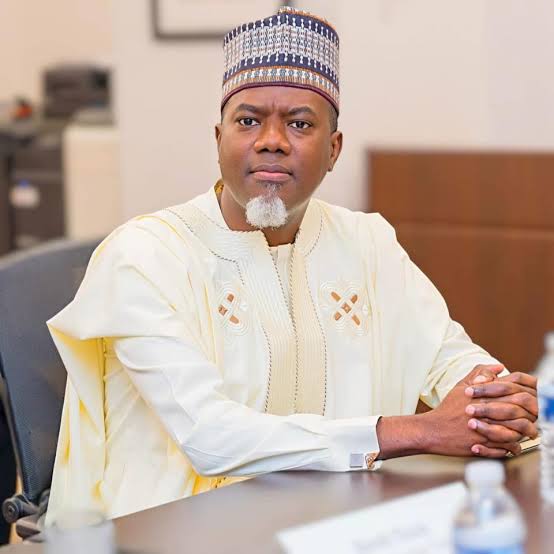Trump Offers Tariff Truce, But Accentuates Harder Line on China
Washington D.C. – In a move that has sent ripples through global markets, President Donald Trump has announced a 90-day pause on planned tariff increases on Chinese goods, offering a temporary reprieve in the escalating trade war between the world’s two largest economies.
However, beneath the surface of this apparent olive branch, the Trump administration has simultaneously signaled a hardening stance towards Beijing, suggesting the truce may be more of a strategic maneuver than a genuine softening of trade policy.
The pause, confirmed by both U.S. and Chinese officials after a highly anticipated phone call between President Trump and Chinese President Xi Jinping, will halt the planned increase of tariffs on $200 billion worth of Chinese goods from 25% to 30%.
This delay, effective immediately, offers a window for renewed negotiations aimed at resolving long-standing trade imbalances and intellectual property concerns that Washington has consistently raised with Beijing.
“We have agreed to a 90-day period,” Trump tweeted early Friday morning, confirming the agreement. He framed the pause as an opportunity for China to “make structural changes” regarding trade practices.
Stock markets around the globe reacted positively to the news, with investors cautiously optimistic about the resumption of dialogue.
However, the celebratory mood was tempered by the accompanying rhetoric and reports emanating from Washington.
While pausing tariff hikes, the Trump administration emphasized a significantly tougher line on China, stressing the need for “verified structural changes” and “concrete commitments” from Beijing.
Sources within the administration indicated that the 90-day window comes with a firm ultimatum. China is expected to not only offer concessions on issues like market access for U.S. agriculture and manufactured goods, but also address deeply entrenched concerns regarding intellectual property theft, forced technology transfers, and state-sponsored cyber espionage.
“This is not a pause for the sake of pausing,” a senior administration official, speaking on background, told reporters.
“This is a pause with a purpose. We need to see real progress on fundamental issues, and we need to see it within 90 days. Otherwise, the tariffs will go up, and potentially further measures will be considered.”
Furthermore, reports suggest the administration is actively exploring alternative strategies to pressure China beyond tariffs.
These include bolstering export controls on sensitive technologies, tightening investment restrictions, and potentially rallying allies to present a united front against China’s economic practices.
Experts interpret this dual approach as a calculated strategy by the Trump administration. The tariff pause offers a short-term economic benefit, easing pressure on American businesses and consumers who have felt the pinch of the trade war.
It also provides a face-saving opportunity for both sides to engage in negotiations without immediately escalating tensions further.
“The 90-day pause is a tactical retreat, not a strategic shift,” said Dr. Eleanor Vance, a trade policy expert at the Peterson Institute for International Economics. “Trump is likely testing China’s resolve.
He’s giving them a chance to offer meaningful concessions, but he’s also making it clear that he’s prepared to escalate pressure through other means if they don’t meet his demands.”
The next 90 days are poised to be crucial in determining the future of US-China trade relations.
While the tariff pause offers a glimmer of hope for de-escalation, the simultaneous hardening of the U.S. stance suggests the underlying tensions remain deeply entrenched, and a comprehensive resolution remains far from certain.
Businesses and global markets will be watching closely to see whether this “truce” translates into genuine progress, or merely postpones a further escalation of the trade conflict.
Tolu Adebayo
Reporter/Social Media Manager




